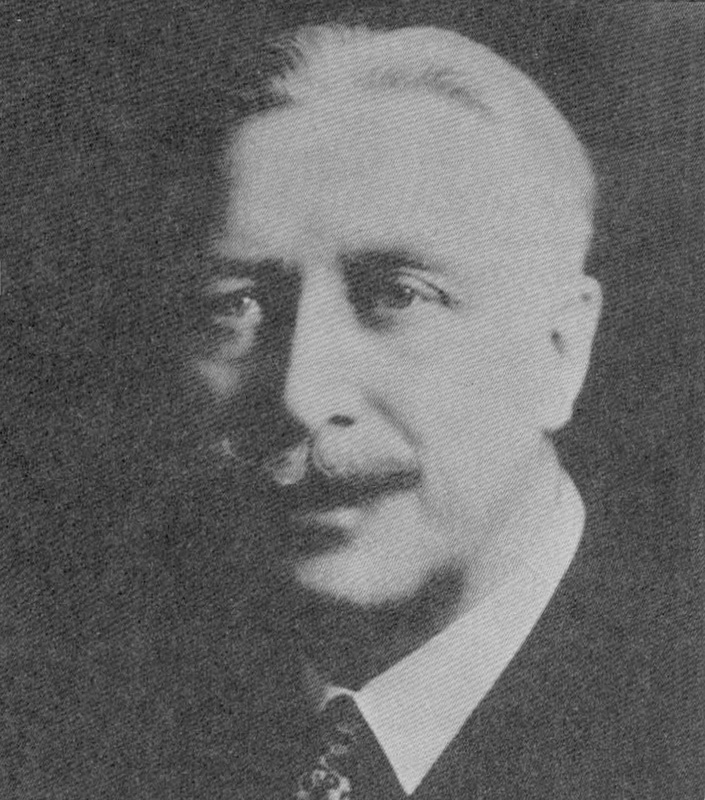
HISTORICAL EVENTS THAT TOOK PLACE ON THIS DAY IN CANADA
20 June

Georges P. Vanier (1888-1967)
Vancouver Island Bombed
Although Canada fought in both World Wars and suffered heavy casualties, Canadian territory came under shell-fire only once. On June 20, 1942, a Japanese submarine surfaced off Estevan Point, Vancouver Island, and hurled about thirty 5.5" shells at the wireless station and lighthouse. Little damage was caused, and there were no casualties.
Until the United States carne into the war on December 8, 1941, Adolph Hitler would not allow the German navy to operate off Canadian shores. He felt that such attacks would do more harm than good by alienating opinion in the United States. Early in 1942, however, a German submarine fired torpedoes at the entrance to St. John's harbour, Newfoundland. Other German submarines operated in the Gulf of St. Lawrence and sank twenty-two ships. This caused considerable alarm among the local population, who demanded that Army units be sent to guard the coasts. National Defense Headquarters felt that it would be poor policy to allow a few U-boats to tic up a large number of troops, and raised a Reserve Army in the Gaspé Peninsula in September, 1942. It was commanded by Brigadier G. P. Vanier, the late Governor-General of Canada.
The attack on Estevan Point in June 1942 had no significance, but it was followed by a campaign that worried military leaders a great deal more. Between November 1944 and April 1945, the Japanese released about 9,000 unmanned balloons from the island of Honshu. They usually carried one high explosive bomb, and four incendiaries. The idea was that they would float across the Pacific on the prevailing winds, and the bombs would be released by an automatic device. It is believed that only 300 of the 9,000 bombs reached North America, and 90 of them landed in Canada, as far east as Manitoba. The only casualties were a mother and five children who were killed when they tampered with a bomb that had landed in Oregon.
The greatest fear was that the Japanese might use the balloons for chemical or biological warfare. Fortunately, no such efforts were made, and Japan surrendered on September 2, 1945, after being hit by the far more terrible atomic bombs dropped on Hiroshima and Nagasaki.
OTHER NOTABLE EVENTS ON THIS DAY IN CANADIAN HISTORY
20 June
-1755 Anthony Henday arrived at Fort Nelson after a trip to the Rockies (see April 23).
-1838 The Brotherhood of Hunters tried to invade Canada at Short Hills, Upper Canada.
-1875 The University of Manitoba was established.
-1877 The first commercial telephone service in Canada began at Hamilton, Ontario.
Fire at Saint John, New Brunswick, destroyed 1,600 homes and caused $27 million damage.
-1882 The Conservatives under Sir John A. Macdonald won the general election.